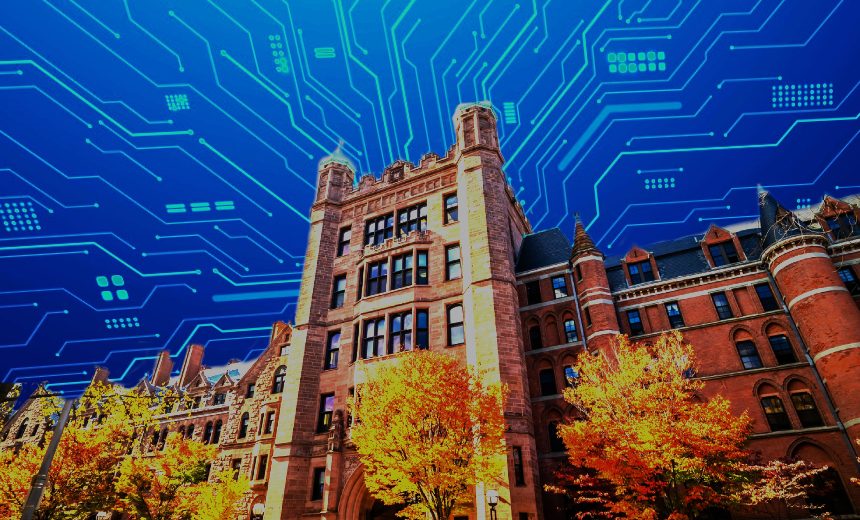Artificial Intelligence & Machine Learning
,
Next-Generation Technologies & Secure Development
Economists Say Data Doesn’t Support Fear of Widespread Cognitive Job Loss

U.S. employment data shows no widespread disruption from generative artificial intelligence nearly three years after ChatGPT’s debut, say academics from Yale University.
See Also: AI Agents Demand Scalable Identity Security Frameworks
But for certain cohorts, especially early-career workers in AI-vulnerable fields, some cracks are emerging, say Yale economists.
Researchers Martha Gimbel, Molly Kinder, Joshua Kendall and Maddie Lee in a paper analyzed how employment has changed over the past three years and compared those trends to past technological shifts. Their core conclusion was that “overall, our metrics indicate that the broader labor market has not experienced a discernible disruption since ChatGPT’s release 33 months ago.”
The Yale team said that changes in occupational mix – how many people work in what kind of jobs – were already underway before AI’s rise. The pace of change is marginally higher than prior eras, but the deviations are not large enough to clearly signal a forced labor-market upheaval.
The Yale findings are not without precedent. The United Nations International Labor Organization in 2023 said that AI would likely not replace most workers. Subsequent studies have reinforced that perspective. A University of Chicago and Copenhagen study said in April that GenAI had no material effect on wages or employment, while another February study found that “overall employment effects are modest, as reduced demand in exposed occupations is offset by productivity-driven increases in labor demand at AI-adopting firms.”
A contradictory report from the Stanford Digital Economy Lab shows a divergence in impact by age group. Using anonymized payroll data from ADP across late 2022 to mid-2025, the researchers found that employment among 22 to 25 year olds in roles highly exposed to GenAI fell by 13% relative to less exposed occupations.
Stanford academics said the decline is concentrated in AI-exposed occupations such as software development and customer service, roles where AI tools can potentially replicate routine tasks. Older workers in the same occupations, by contrast, saw stable or even modestly growing employment. The study also reported minimal differences in wages across age and exposure groups, suggesting that disruption manifests through fewer opportunities rather than falling pay.
Analysts who see AI’s labor market effects as still developing have the recent precedent of personal computing to examine. “Computers didn’t become commonplace in offices until nearly a decade after their release to the public, and it took even longer for them to transform office workflows,” Yale study authors said.
Indicators of how much a job can be affected by AI automation or augmentation show “no sign of being related to changes in employment or unemployment” so far, they said.
But the Yale researchers acknowledged that their findings are constrained by data limits and the brief observation period. “Better data is needed to fully understand the impact of AI on the labor market,” they said.
